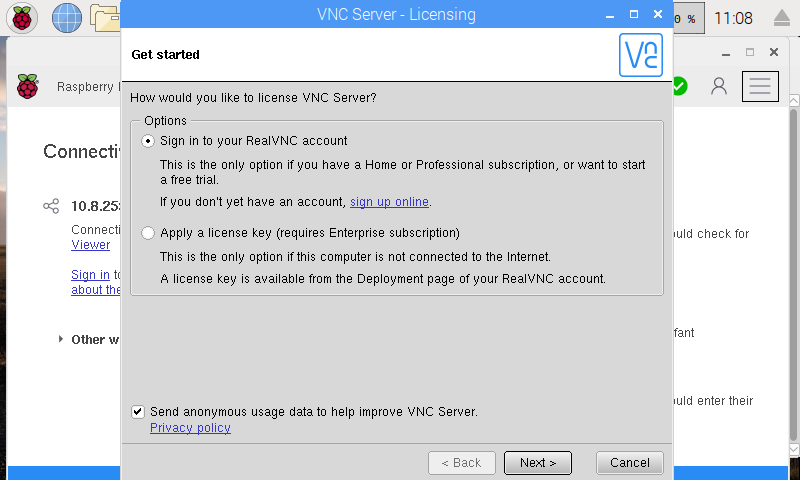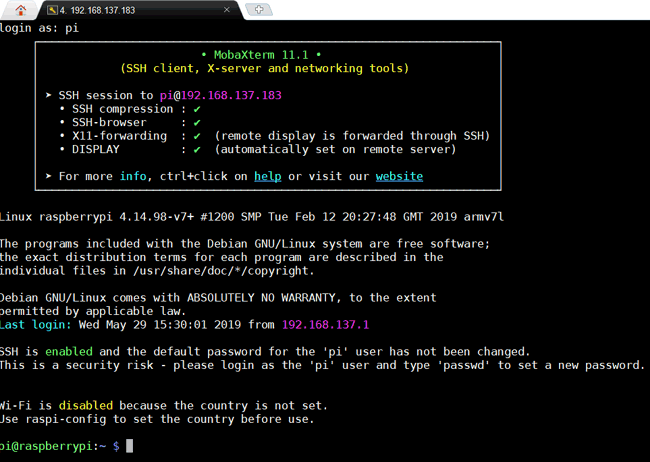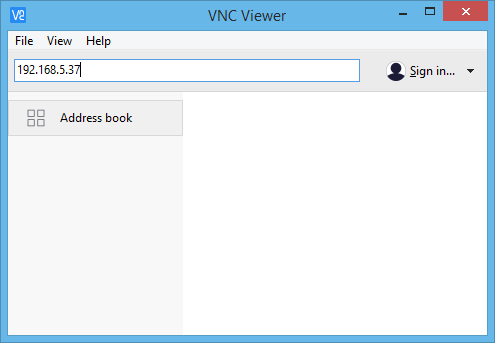


This will assume you have the same username on both local and remote machines. You will then be prompted for the remote user’s password. If you’ve never SSH’d to this remote host, you will be asked if you want to add the remote host to your local ~/.ssh/known_hosts file ( Figure A). Where REMOTE_IP is the IP address of the remote host. The first thing to do is create the tunnel that routes packets from localhost (at port 5901) to the remote host (at port 5901) through port 22. I will assume you already have everything you need installed, and your VNC server is running and accepting connections.

Remote machine: Openssh-server and a VNC server (such as TightVNC).SEE: Information security policy template download (Tech Pro Research) What you needĬhances are, you have everything you need already installed. If you don’t have access to the remote machine, through SSH, this won’t work. That, of course, means you must have access to the remote machine, via port 22. You will instruct SSH to create a local tunnel that forwards localhost on port 5901 to a remote machine’s port 5901, only through the default SSH port (22). With this handy networking tool, you can tunnel VNC through SSH, so not only are you not punching through the VNC port, but you’re sending all data through an encrypted tunnel. The 10 best antivirus products you should consider for your businessĨ enterprise password managers and the companies that will love themĮnd user data backup policy (TechRepublic Premium)įortunately, you have Secure Shell (SSH) to lean on. How Russia’s invasion of Ukraine will affect your cybersecurity But what happens when your company (or your home) network doesn’t allow the default VNC port (5901) to remain open? How do you get in? Must-read security coverage

When that need arises, the most obvious choice of connection is VNC. There are times when you need to remote into a Linux desktop. If your network doesn't allow connections into the default VNC port 5901, you can tunnel it through SSH.


 0 kommentar(er)
0 kommentar(er)
